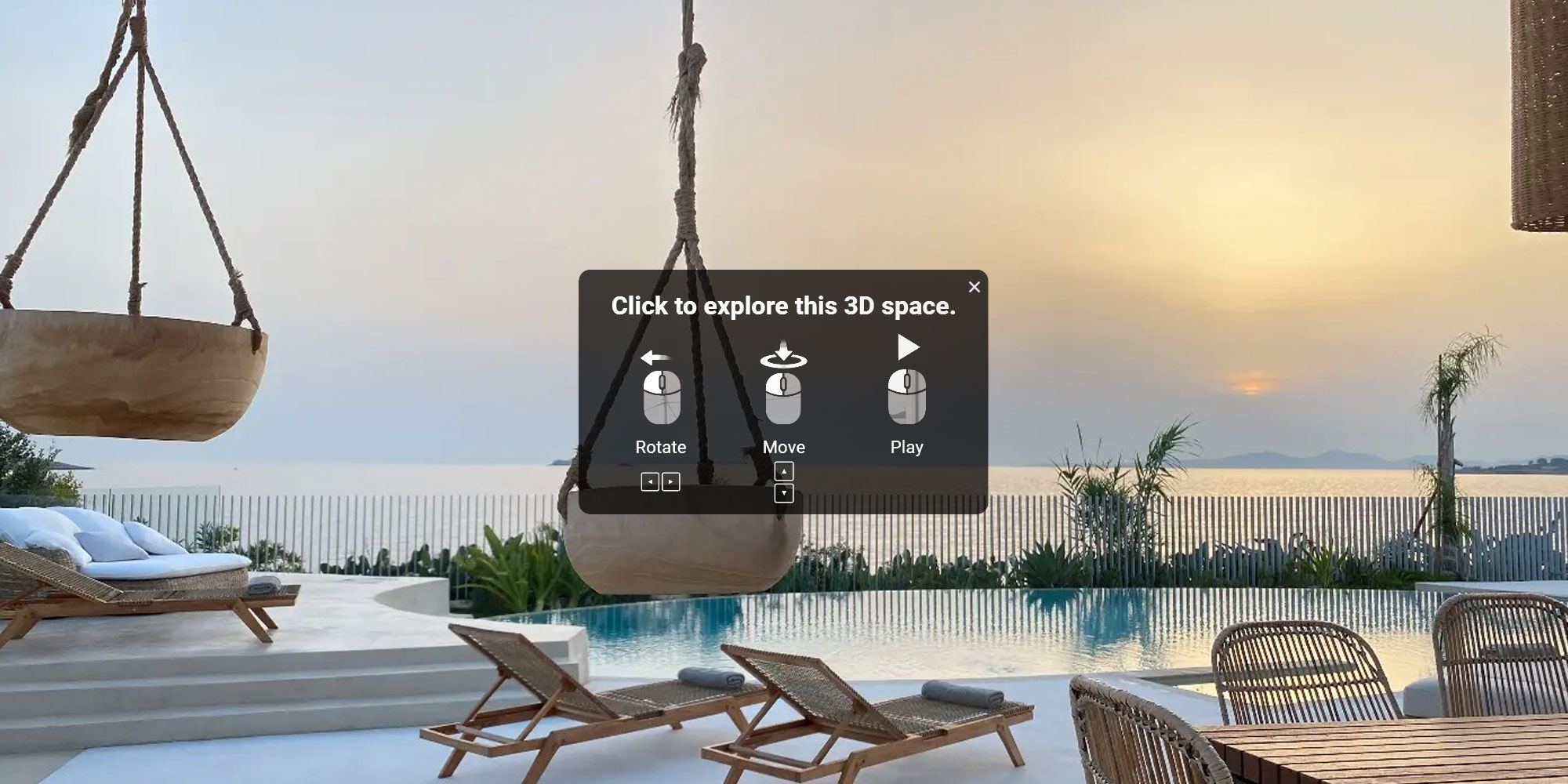360 Virtual Tour: : A Game-Changer for Various Industries

In the ever-evolving digital landscape, the way we experience and interact with the world around us is constantly transforming. One of the most captivating innovations that has emerged in recent years is the 360 virtual tour. This immersive technology has the power to transport individuals to distant locations, showcase intricate details, and provide a seamless, engaging experience that transcends traditional methods of visual representation.
As you delve into the world of 360 virtual tours, you’ll discover a game-changing tool that is revolutionizing the way businesses and organizations connect with their audiences. From the real estate industry to the hospitality sector, the versatility of 360 virtual tours is unparalleled, offering a unique and captivating way to showcase your offerings and engage your customers like never before.
Understanding the Concept of 360 Virtual Tours
A 360 virtual tour is a digital representation of a physical space, captured using specialized cameras and software. Unlike traditional photographs or videos, 360 virtual tours allow users to explore a scene from multiple angles, as if they were physically present in the environment. By stitching together a series of high-resolution images or video footage, these virtual tours create an immersive, interactive experience that enables users to navigate and explore the space with a seamless, 360-degree perspective.
The key difference between 360 virtual tours and traditional media is the level of interactivity and control it offers to the user. With 360 virtual tours, individuals can freely pan, tilt, and zoom, allowing them to explore every nook and cranny of the environment, just as they would in the real world. This level of engagement and exploration is what sets 360 virtual tours apart, making them a powerful tool for businesses and organizations looking to captivate their audience.
How Do 360 Virtual Tours Work?
The creation of a 360 virtual tour involves a multi-step process that combines advanced camera equipment, specialized software, and technical expertise. Here’s a brief overview of how 360 virtual tours are typically created:
Capture the Environment: The first step is to capture the physical space using a 360-degree camera. These specialized cameras are equipped with multiple lenses that simultaneously capture a full, 360-degree view of the environment.
Stitch and Edit: The raw footage or images captured by the 360-degree camera are then processed using specialized software. This software stitches the multiple images or video segments together, creating a seamless, panoramic view of the environment.
Add Interactive Elements: To enhance the user experience, various interactive elements can be added to the 360 virtual tour, such as hotspots, information panels, and navigational tools. These elements allow users to explore the environment, access additional information, and interact with the virtual space.
Publish and Share: Once the 360 virtual tour is complete, it can be published and shared with the target audience. Depending on the platform, users can access the virtual tour through a web browser, mobile device, or even virtual reality (VR) headsets, allowing for an immersive and engaging experience.
The technical complexities involved in creating a high-quality 360 virtual tour may require the expertise of specialized professionals, such as 360 photographers, videographers, and software developers. However, as the technology continues to evolve, the process of creating and sharing 360 virtual tours is becoming more accessible to businesses and organizations of all sizes.

Advantages of Using 360 Virtual Tours
The adoption of 360 virtual tours has been steadily increasing across various industries, and for good reason. These immersive experiences offer a multitude of advantages that can benefit businesses, organizations, and their customers alike. Let’s explore some of the key advantages of using 360 virtual tours:
Enhanced Engagement: 360 virtual tours captivate users by providing a truly immersive and interactive experience. By allowing users to explore a space from multiple angles, you can effectively capture their attention and foster a deeper connection with your brand or offering.
Increased Accessibility: 360 virtual tours transcend geographical boundaries, enabling individuals to explore and experience your spaces without the need for physical travel. This makes your offerings accessible to a wider audience, including those who may not have the opportunity to visit in person.
Improved Decision-Making: By providing a comprehensive, 360-degree view of a space, 360 virtual tours can help potential customers or clients make more informed decisions. This can be particularly beneficial in industries like real estate, where virtual tours can assist buyers in visualizing a property before making a purchase.
Cost-Effective Marketing: Compared to traditional marketing methods, 360 virtual tours offer a cost-effective way to showcase your offerings. Once created, these virtual tours can be easily shared across various digital platforms, reaching a wider audience without the need for extensive physical resources.
Enhanced Branding: 360 virtual tours can serve as a powerful branding tool, allowing you to showcase your attention to detail, technological sophistication, and commitment to providing an exceptional customer experience.
Competitive Advantage: In many industries, the adoption of 360 virtual tours can provide a competitive advantage, as it sets your business apart from those that rely on traditional marketing methods.
As you explore the power of 360 virtual tours, it’s clear that this innovative technology has the potential to transform the way you engage with your customers and showcase your offerings. By leveraging the advantages of 360 virtual tours, you can unlock new opportunities to captivate your audience and drive your business forward.
Industries that Can Benefit from 360 Virtual Tours
The versatility of 360 virtual tours extends across a wide range of industries, each with its unique set of challenges and opportunities. Let’s delve into some of the key industries that can significantly benefit from the integration of this transformative technology:
Real Estate Industry and 360 Virtual Tours
The real estate industry has been at the forefront of 360 virtual tour adoption, as it provides a powerful tool for showcasing properties to potential buyers. With 360 virtual tours, real estate professionals can offer prospective clients a comprehensive, interactive view of a property, allowing them to explore every nook and cranny without physically visiting the site. This can be particularly beneficial for properties located in remote areas or for buyers who are unable to visit in person due to time or geographical constraints.
Travel and Tourism Industry and 360 Virtual Tours
The travel and tourism industry is another sector that can greatly benefit from the integration of 360 virtual tours. Destination marketing organizations, tour operators, and travel agencies can use these virtual experiences to showcase the unique attractions, landscapes, and cultural experiences of their destinations, enticing potential travelers and helping them plan their itineraries more effectively.

Education and Training Industry and 360 Virtual Tours
In the education and training sectors, 360 virtual tours can be a game-changer. Schools, universities, and training providers can use these virtual experiences to offer prospective students a comprehensive look at their facilities, laboratories, and learning environments, enhancing their recruitment efforts and providing a more engaging way for students to explore their options.
Automotive Industry and 360 Virtual Tours
The automotive industry has also embraced the power of 360 virtual tours. Automakers and dealerships can leverage these virtual experiences to allow customers to explore the interior and exterior of vehicles, customize their options, and even take virtual test drives, all from the comfort of their own homes.
Retail Industry and 360 Virtual Tours
The retail industry can also benefit from the integration of 360 virtual tours. By offering virtual experiences of their physical stores, retailers can provide customers with a more immersive way to browse their products, explore the store layout, and even visualize how items would look in their own spaces, ultimately enhancing the shopping experience and driving sales.
As you can see, the potential applications of 360 virtual tours are vast and varied, spanning a multitude of industries. By understanding the unique advantages that this technology can offer, you can unlock new opportunities to engage your customers, showcase your offerings, and stay ahead of the competition.
Conclusion: Embracing the Power of 360 Virtual Tours
As you've discovered, 360 virtual tours are a game changer for a wide range of industries, offering a unique and engaging way to connect with your audience, showcase your offerings and stay ahead of the competition. By harnessing the power of this transformative technology, you can unlock new opportunities to captivate your customers, improve decision making and enhance your overall brand experience. Whether you're in the real estate, hospitality, travel,, automotive or retail industries, integrating 360 virtual tours can provide significant competitive advantage and drive tangible results for your business. By adopting this innovative technology, you can position your organization as an innovative, customer-centric leader in your respective sector.
CTA: So, what are you waiting for? Explore the world of 360 virtual tours and discover how this game-changing technology can elevate your business to new heights. Unlock the power of immersive experiences and captivate your audience like never before.
+30 697 192 1706
Athens
vrproductions@thevivestia.com
hr@thevivestia.com
Contact us
Got questions? Ideas? Fill out the form below to get our proposal.







